
Vincent van Gogh Giclée Fine Art Prints 5 of 17
1853-1890
Dutch Post-Impressionist Painter
393 Vincent van Gogh Artworks
Page 5 of 17
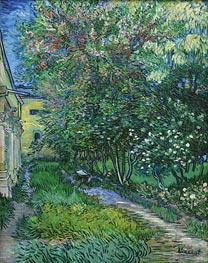
Giclée Canvas Print
$73.47
$73.47
SKU: 1130-VVG
Vincent van Gogh
Original Size:91.5 x 72 cm
Kroller-Mueller Museum, Otterlo, Netherlands
Vincent van Gogh
Original Size:91.5 x 72 cm
Kroller-Mueller Museum, Otterlo, Netherlands

Giclée Canvas Print
$73.97
$73.97
SKU: 1136-VVG
Vincent van Gogh
Original Size:72.6 x 91.4 cm
Museum of Modern Art, New York, USA
Vincent van Gogh
Original Size:72.6 x 91.4 cm
Museum of Modern Art, New York, USA
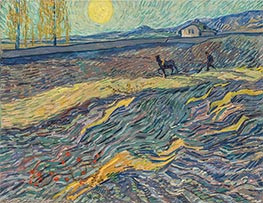
Giclée Canvas Print
$71.94
$71.94
SKU: 1153-VVG
Vincent van Gogh
Original Size:50.3 x 65 cm
Private Collection
Vincent van Gogh
Original Size:50.3 x 65 cm
Private Collection
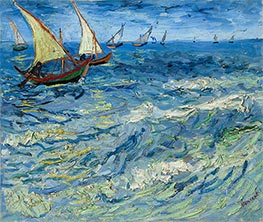
Giclée Canvas Print
$72.10
$72.10
SKU: 1286-VVG
Vincent van Gogh
Original Size:44 x 53 cm
Pushkin Museum of Fine Arts, Moscow, Russia
Vincent van Gogh
Original Size:44 x 53 cm
Pushkin Museum of Fine Arts, Moscow, Russia

Giclée Canvas Print
$77.88
$77.88
SKU: 1263-VVG
Vincent van Gogh
Original Size:51.1 x 65.4 cm
Private Collection
Vincent van Gogh
Original Size:51.1 x 65.4 cm
Private Collection
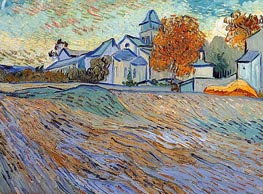
Giclée Canvas Print
$69.38
$69.38
SKU: 1171-VVG
Vincent van Gogh
Original Size:44.5 x 60 cm
Private Collection
Vincent van Gogh
Original Size:44.5 x 60 cm
Private Collection
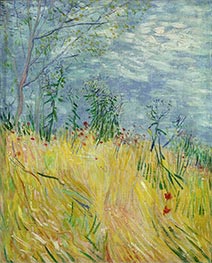
Giclée Canvas Print
$61.71
$61.71
SKU: 18300-VVG
Vincent van Gogh
Original Size:40 x 32.4 cm
Denver Museum of Art, Colorado, USA
Vincent van Gogh
Original Size:40 x 32.4 cm
Denver Museum of Art, Colorado, USA
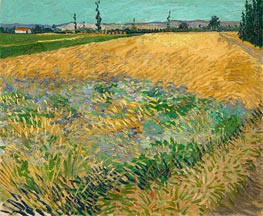
Giclée Canvas Print
$76.70
$76.70
SKU: 1274-VVG
Vincent van Gogh
Original Size:54 x 65 cm
Van Gogh Museum, Amsterdam, Netherlands
Vincent van Gogh
Original Size:54 x 65 cm
Van Gogh Museum, Amsterdam, Netherlands
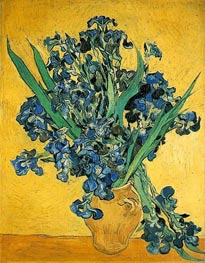
Giclée Canvas Print
$73.63
$73.63
SKU: 1208-VVG
Vincent van Gogh
Original Size:92 x 73.5 cm
Van Gogh Museum, Amsterdam, Netherlands
Vincent van Gogh
Original Size:92 x 73.5 cm
Van Gogh Museum, Amsterdam, Netherlands
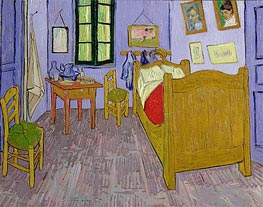
Giclée Canvas Print
$120.96
$120.96
SKU: 1165-VVG
Vincent van Gogh
Original Size:57.5 x 74 cm
Musee d'Orsay, Paris, France
Vincent van Gogh
Original Size:57.5 x 74 cm
Musee d'Orsay, Paris, France
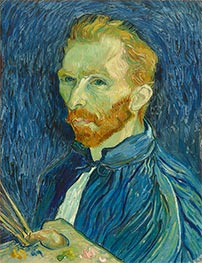
Giclée Canvas Print
$72.10
$72.10
SKU: 1157-VVG
Vincent van Gogh
Original Size:57 x 43.5 cm
National Gallery of Art, Washington, USA
Vincent van Gogh
Original Size:57 x 43.5 cm
National Gallery of Art, Washington, USA
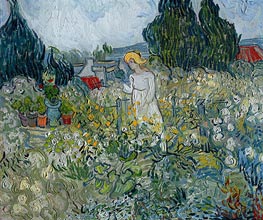
Giclée Canvas Print
$78.22
$78.22
SKU: 12790-VVG
Vincent van Gogh
Original Size:46 x 55 cm
Musee d'Orsay, Paris, France
Vincent van Gogh
Original Size:46 x 55 cm
Musee d'Orsay, Paris, France
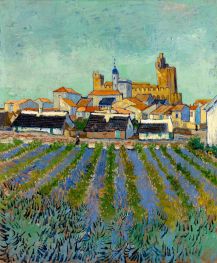
Giclée Canvas Print
$77.38
$77.38
SKU: 19216-VVG
Vincent van Gogh
Original Size:64.2 x 53 cm
Kroller-Mueller Museum, Otterlo, Netherlands
Vincent van Gogh
Original Size:64.2 x 53 cm
Kroller-Mueller Museum, Otterlo, Netherlands
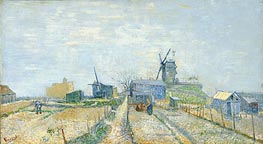
Giclée Canvas Print
$61.71
$61.71
SKU: 1349-VVG
Vincent van Gogh
Original Size:44.8 x 81 cm
Van Gogh Museum, Amsterdam, Netherlands
Vincent van Gogh
Original Size:44.8 x 81 cm
Van Gogh Museum, Amsterdam, Netherlands
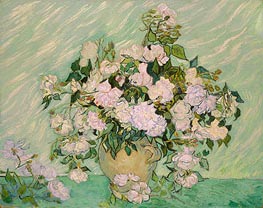
Giclée Canvas Print
$73.63
$73.63
SKU: 1211-VVG
Vincent van Gogh
Original Size:71 x 90 cm
National Gallery of Art, Washington, USA
Vincent van Gogh
Original Size:71 x 90 cm
National Gallery of Art, Washington, USA

Giclée Canvas Print
$63.40
$63.40
SKU: 1272-VVG
Vincent van Gogh
Original Size:92 x 73 cm
Private Collection
Vincent van Gogh
Original Size:92 x 73 cm
Private Collection
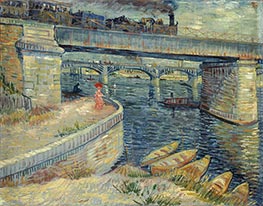
Giclée Canvas Print
$73.47
$73.47
SKU: 1334-VVG
Vincent van Gogh
Original Size:53.5 x 67 cm
E.G. Buehrle, Zurich, Switzerland
Vincent van Gogh
Original Size:53.5 x 67 cm
E.G. Buehrle, Zurich, Switzerland
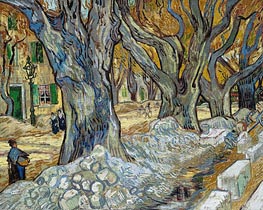
Giclée Canvas Print
$74.49
$74.49
SKU: 1191-VVG
Vincent van Gogh
Original Size:73.4 x 91.8 cm
Cleveland Museum of Art, Ohio, USA
Vincent van Gogh
Original Size:73.4 x 91.8 cm
Cleveland Museum of Art, Ohio, USA
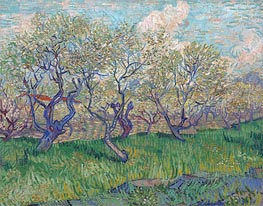
Giclée Canvas Print
$73.29
$73.29
SKU: 1304-VVG
Vincent van Gogh
Original Size:73.2 x 93 cm
Van Gogh Museum, Amsterdam, Netherlands
Vincent van Gogh
Original Size:73.2 x 93 cm
Van Gogh Museum, Amsterdam, Netherlands
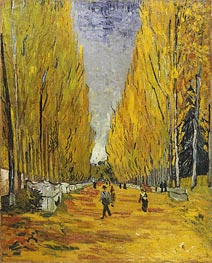
Giclée Canvas Print
$75.17
$75.17
SKU: 12917-VVG
Vincent van Gogh
Original Size:91.7 x 73.5 cm
Private Collection
Vincent van Gogh
Original Size:91.7 x 73.5 cm
Private Collection
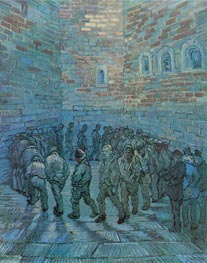
Giclée Canvas Print
$74.83
$74.83
SKU: 1201-VVG
Vincent van Gogh
Original Size:80 x 64 cm
Pushkin Museum of Fine Arts, Moscow, Russia
Vincent van Gogh
Original Size:80 x 64 cm
Pushkin Museum of Fine Arts, Moscow, Russia
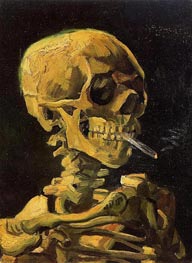
Giclée Canvas Print
$61.71
$61.71
SKU: 1382-VVG
Vincent van Gogh
Original Size:32 x 24.5 cm
Van Gogh Museum, Amsterdam, Netherlands
Vincent van Gogh
Original Size:32 x 24.5 cm
Van Gogh Museum, Amsterdam, Netherlands
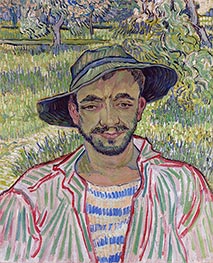
Giclée Canvas Print
$94.31
$94.31
SKU: 1160-VVG
Vincent van Gogh
Original Size:61 x 50 cm
Galleria Nazionale d'Arte Moderna, Rome, Italy
Vincent van Gogh
Original Size:61 x 50 cm
Galleria Nazionale d'Arte Moderna, Rome, Italy
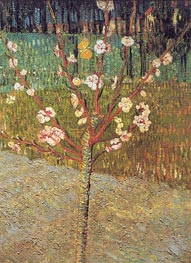
Giclée Canvas Print
$61.71
$61.71
SKU: 1307-VVG
Vincent van Gogh
Original Size:50 x 37.5 cm
Van Gogh Museum, Amsterdam, Netherlands
Vincent van Gogh
Original Size:50 x 37.5 cm
Van Gogh Museum, Amsterdam, Netherlands